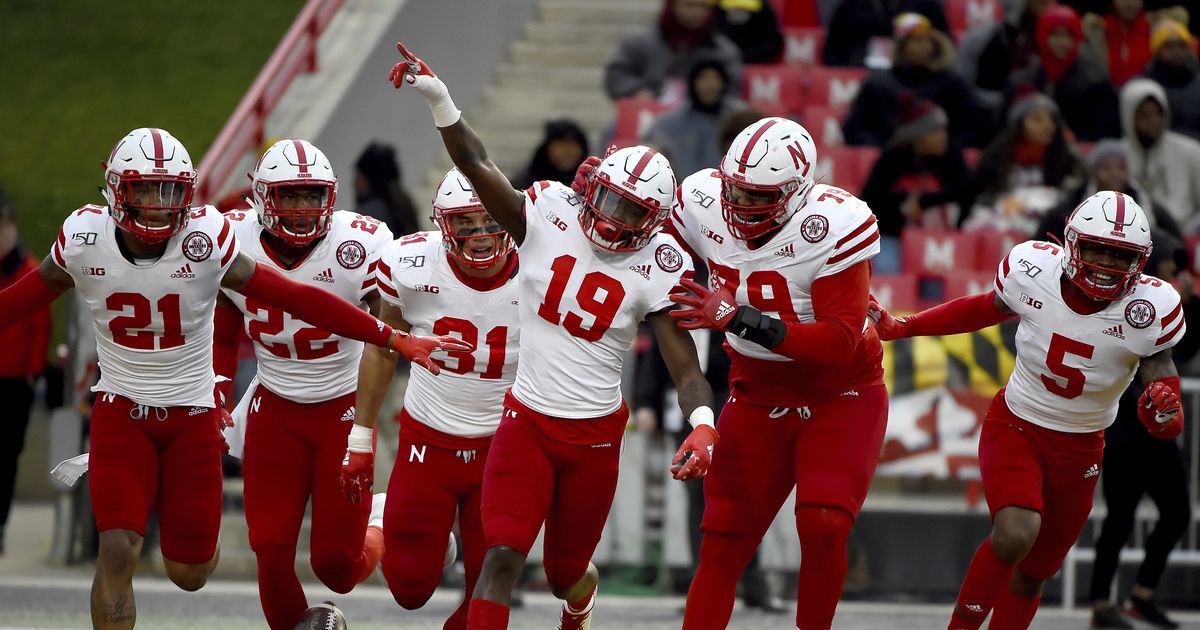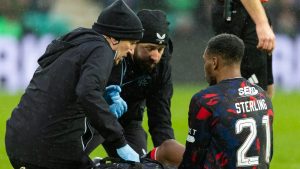Coronavirus testing a stress threat for athletic budgets


Coastal Carolina already had one of the smaller athletic budgets in the Football Bowl Subdivision, and that was before a 15% spending cut was ordered because of projected declines in state funding and student fees stemming from the coronavirus pandemic.
Facing the prospect of having to pay for testing of returning athletes and staff for the virus this summer, athletic director Matt Hogue went to work finding a way to defray costs. His 19-sport program includes about 450 athletes, and with individual tests currently costing about $100, testing could cost hundreds of thousands of dollars by the end of the 2020-21 academic year.
Hogue found help from a local health care company — a longtime sponsor of Coastal Carolina athletics — that will provide free tests, at least while athletes are coming back to campus this summer.
“Some of the tools and tactics you have to employ because you are at an institution where you have to watch your dollars, that already may have you prepared to see some solutions you might not if you’re at a school that can just simply write a check,” Hogue said. “We have to be creative.”
Athletic departments can’t always count on their insurance carriers or those of the athletes’ families to pay for testing. According to federal guidance issued June 23, insurers are required to cover individuals who show symptoms or have been exposed to someone who is symptomatic; so-called surveillance testing is not part of the mandate.
A few hours’ drive from Coastal Carolina, East Carolina is dealing with managing the cost of testing and safety protocols amid financial problems that led the American Athletic Conference school to cut four varsity sports in May. Athletic director Jon Gilbert said the school has already budgeted $100,000 for coronavirus expenses that include testing and supplies such as masks; he expects to exceed that amount and said some schools could end up spending $500,000, depending on the number of cases.
“It is extremely challenging because of the unknown,” Gilbert said. “And the unknown is: We can bring a team back in August when school starts, and we can test them and everybody be negative – but as soon as they leave their bubble and they go into the general population, then we’re all vulnerable to being infected.”
Nebraska’s $140 million budget in 2019-20 is more than five times greater than Coastal Carolina’s $25.5 million. The Cornhuskers’ 24-sport program has about 600 athletes and is one of a handful that makes money. Though a 10% budget cut was announced recently, the program is able to absorb the cost of testing, in part because of its affiliation with the university’s medical school.
Athletic director Bill Moos and Hogue both said following best practices for testing, as recommended by NCAA and conference medical experts, is the only option when dealing with the health of athletes.
“We’re not going to skimp,” Moos said. “That is a legitimate expense and it’s something we are prepared to incur.”
Coastal Carolina and Nebraska have taken similar approaches in bringing athletes back to campus for voluntary workouts. Each athlete is tested upon their return and, if the result is negative, there is no plan to test the athlete again unless they show symptoms. Temperature checks are done on everybody entering athletic facilities.
Neither school has announced plans for in-season testing procedures. Experts have said football players should be tested at least once or twice a week in order to be cleared to play in that week’s game.
The financial burden could be eased in time: Laboratories are developing methods for testing multiple athletes simultaneously, a process known as pooled testing and commonly used to screen blood donors for diseases such as HIV and hepatitis.
Sean Murray, president of Eurofins laboratory in Des Moines, Iowa, said pooling screens a large group of asymptomatic people when there is an expectation few of them will test positive; it would not save time or resources in virus hot spots.
An example: Nasal or saliva samples are taken from 10 athletes. Half of each sample is combined with the others and run through a singular test. If it comes back negative, all 10 athletes are cleared. If it’s positive, the remaining sample from each athlete would be tested separately to identify the infected athlete or athletes.
Assuming the pool test is negative, Murray estimated the cost at about $150 — $15 per athlete — to test 10 samples together as opposed to $1,000 to test 10 samples separately.
Labs offering sample pool tests for coronavirus would need to apply for emergency authorization from the Food and Drug Administration, which has not yet cleared the technique. The FDA issued some early guidance on the testing method, but wants to first determine that mixing samples doesn’t reduce accuracy.
“That’s the big limiting factor from us actually doing it,” said Brett Lewis, East Tennessee State director of sports medicine. “The people we go through right now, they prefer not to do it until the FDA kind of gives the go-ahead, like yeah, this is a good avenue to go through.”
Dr. Brian Hainline, the NCAA chief medical officer, said sample pool testing has proved successful when testing for HIV among pooled blood donors.
“Similar strategies, assuming high sensitivity, are also very promising for COVID-19 testing,” he said.
Dr. Greg Stewart, team physician for Tulane athletics and the head of the American Athletic Conference’s COVID-19 medical advisory team, said sample pool testing makes sense and can save a “ton of money.”
Stewart did note the importance of timing: If a pool test were done the Thursday before a Saturday game and it turned up positive, there might not be enough time to process the individual tests to identify the infected athletes.







